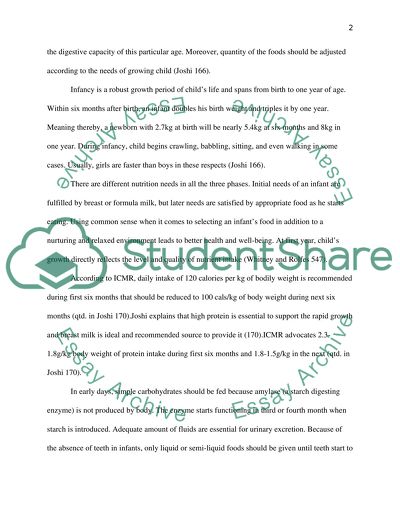Cite this document
(“Nutrition From Infancy to Adolescence Term Paper”, n.d.)
Retrieved from https://studentshare.org/environmental-studies/1415417-nutrition-from-infancy-to-adolescence
Retrieved from https://studentshare.org/environmental-studies/1415417-nutrition-from-infancy-to-adolescence
(Nutrition From Infancy to Adolescence Term Paper)
https://studentshare.org/environmental-studies/1415417-nutrition-from-infancy-to-adolescence.
https://studentshare.org/environmental-studies/1415417-nutrition-from-infancy-to-adolescence.
“Nutrition From Infancy to Adolescence Term Paper”, n.d. https://studentshare.org/environmental-studies/1415417-nutrition-from-infancy-to-adolescence.


